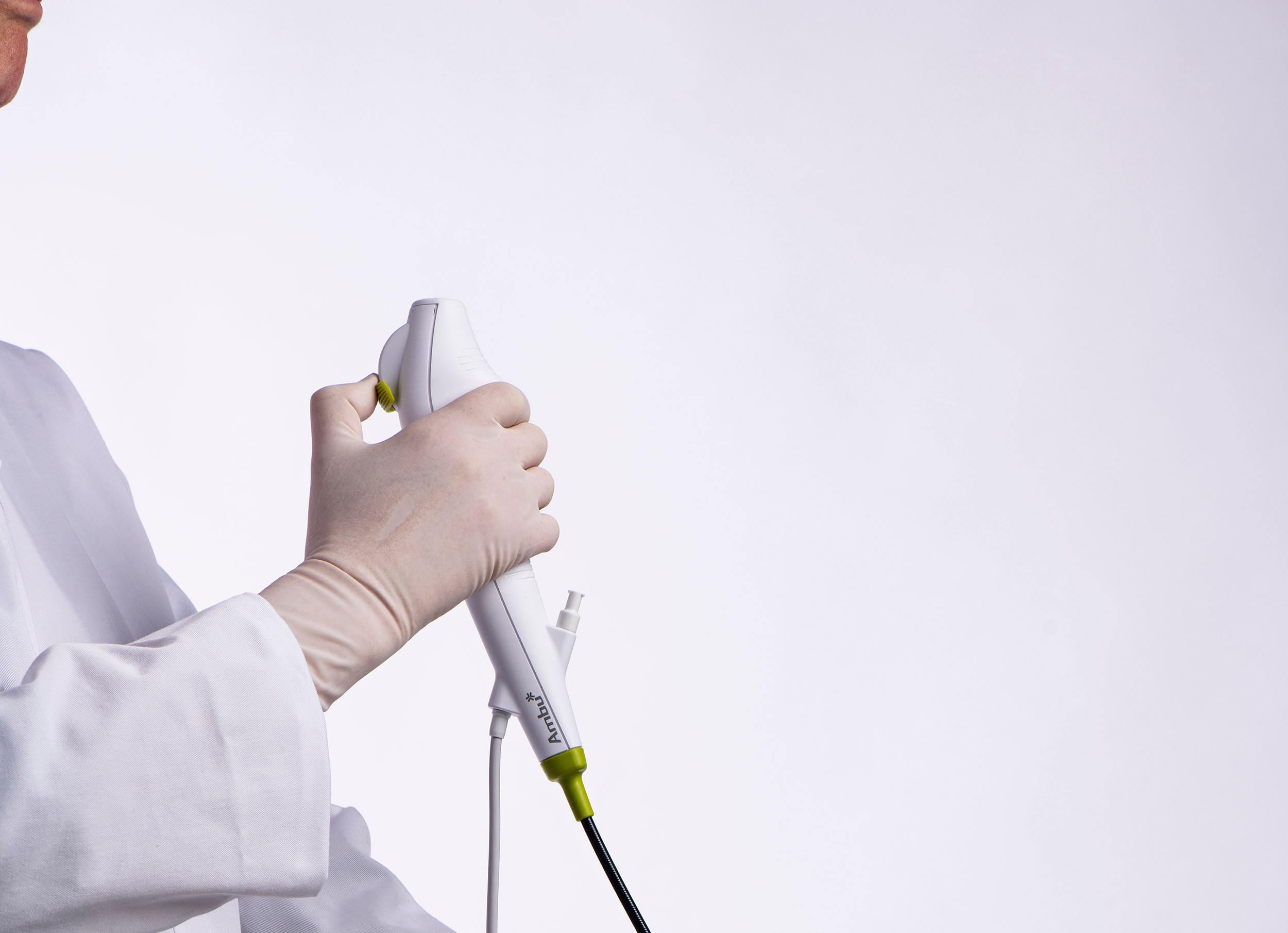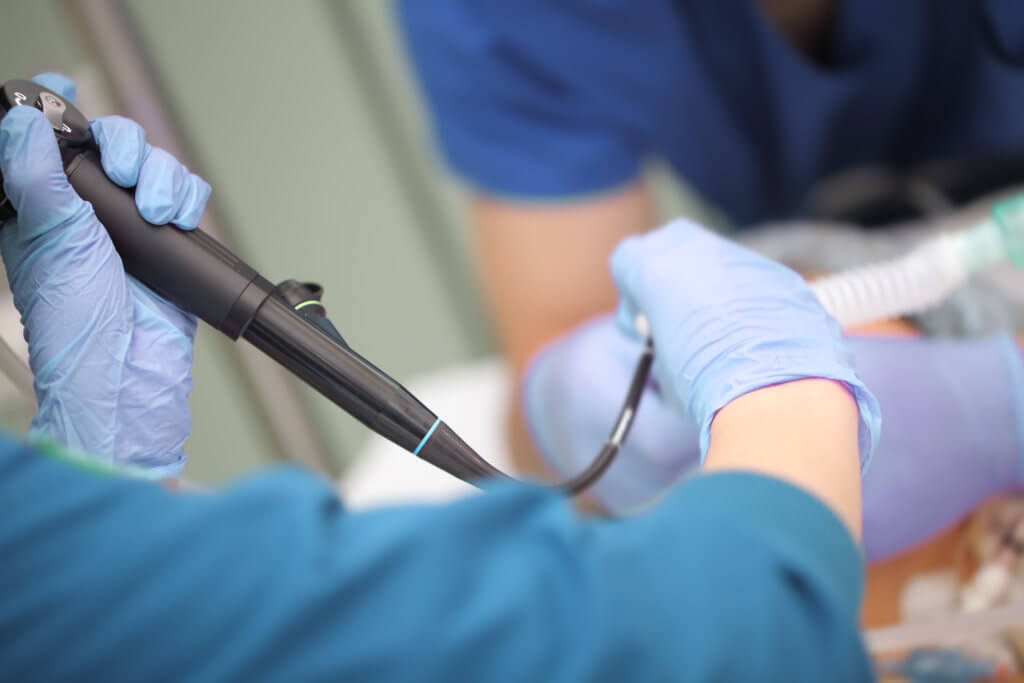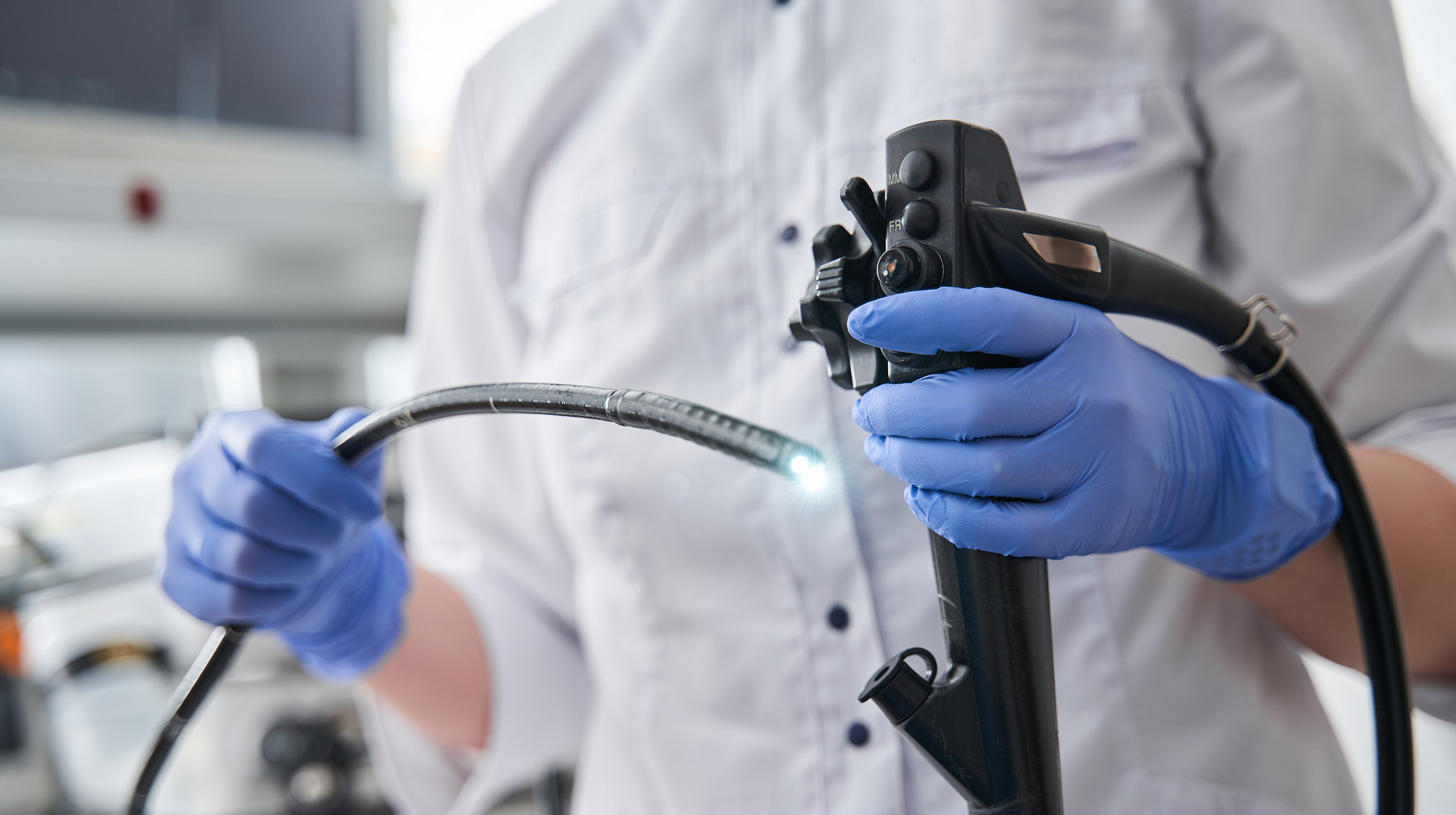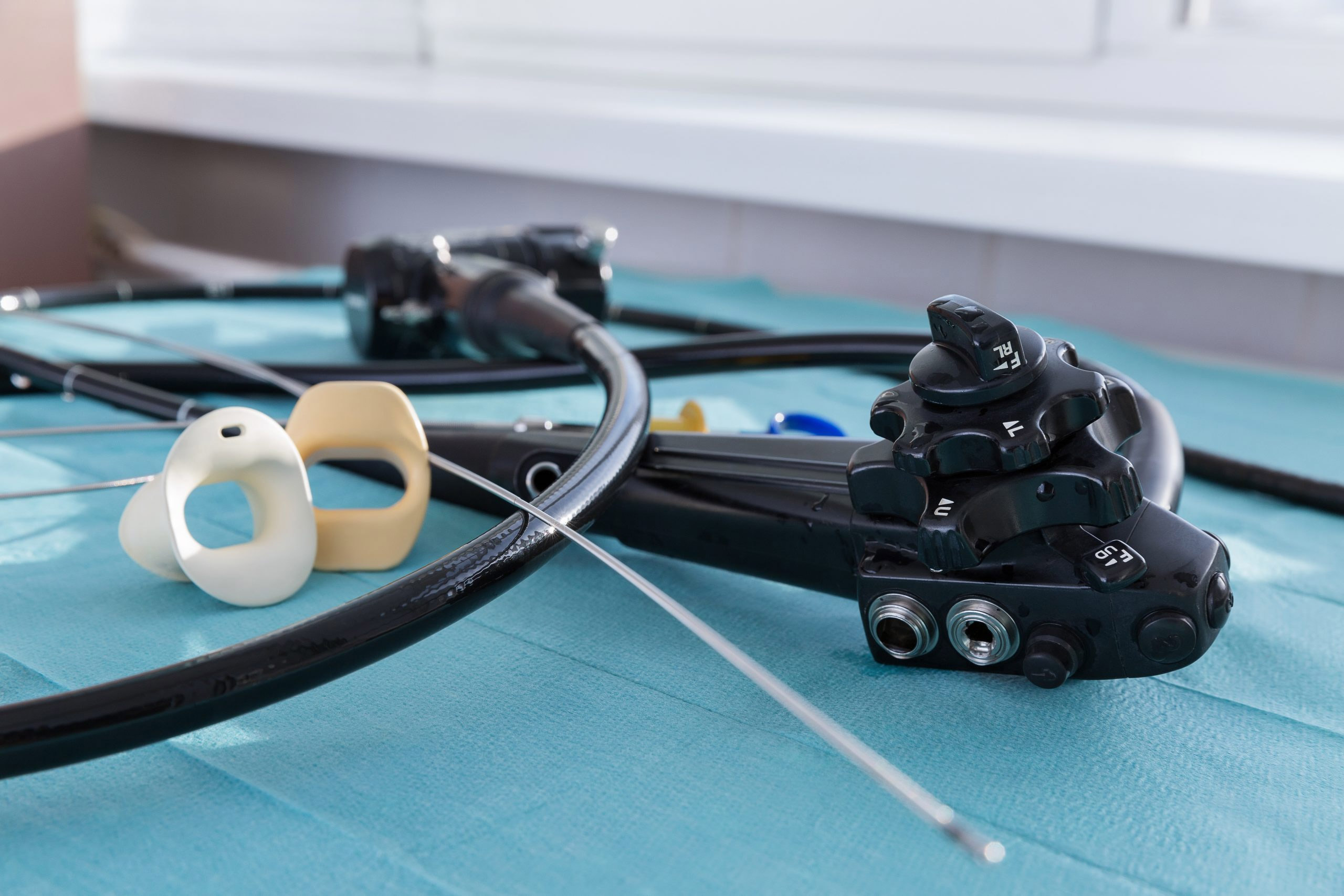
Providers at a United Kingdom hospital found single-use flexible cystoscopes to be more cost-effective than traditional reusable options.
And, if given the choice, patients at the institution would prefer their cystoscopies be performed with the single-use scopes.
That’s according to a study conducted at Hereford County Hospital, which became the first in the country to use the Ambu aScope 4 Cysto, a single-use cystoscope, in clinical practice. The report, published in the Journal of Endoluminal Endourology, analyzed cost, service, and patient satisfaction following the transition to single-use cystoscopy.
“Single-use disposable flexible cystoscopes offer the advantage of consistent image quality, guaranteed sterility, and increased productivity by eliminating the need for reprocessing, maintenance and repairs,” the authors concluded.
As part of the study, patients answered survey questions about their experiences with a single-use cystoscope and reusable device. A vast majority — 95 percent — reported they preferred the single-use option.
Those who underwent the procedure with single-use reported a mean satisfaction score of 9.65 (8-10 range) while patients treated with the reusable scope had a 9.05 satisfaction score (6-10 range).
The authors write that, in addition to patient satisfaction and cost reduction, single-use cystoscopes eliminate the risk of cross-contamination, offer consistent quality (without the chance of wear and tear), convenience, and portability.
All of these benefits help reduce costs.
In fact, the authors found that a cystoscopy using the single-use scope cost nearly 20 percent less than one with a traditional reusable alternative.
In 2020, the department performed 699 flexible cystoscopies with six reusable cystoscopes. At least one cystoscope was out of service on 13 occasions. The study calculated the procedure-to-failure rate to be 53.77 in 2020.
Cleaning each scope took eight minutes for washing followed by a 17-minute cycle in an automated endoscope reprocessor. By removing the disruption of service caused by damage to reusable scopes and the time of reprocessing, the authors discovered they were able to increase productivity from eight cystoscopy procedures per session to 10 with the single-use cystoscopes.
The reusable scopes undergo high-level disinfection rather than sterilization, so “there is always a chance of cross-contamination between patients,” the authors explain. Despite this risk, flexible cystoscopy has a low risk of urinary tract infection, which the British Association of Urological Surgeons estimates to be between one in 50 and one in 100 patients.
One of the study’s four authors disclosed a relationship with Ambu, a single-use endoscope manufacturer and the maker of the aScope 4 Cysto used in the study.


